Elevate your home with expert tips on stylish décor, kitchen upgrades, and bedroom makeovers. Discover furniture ideas and real estate insights!
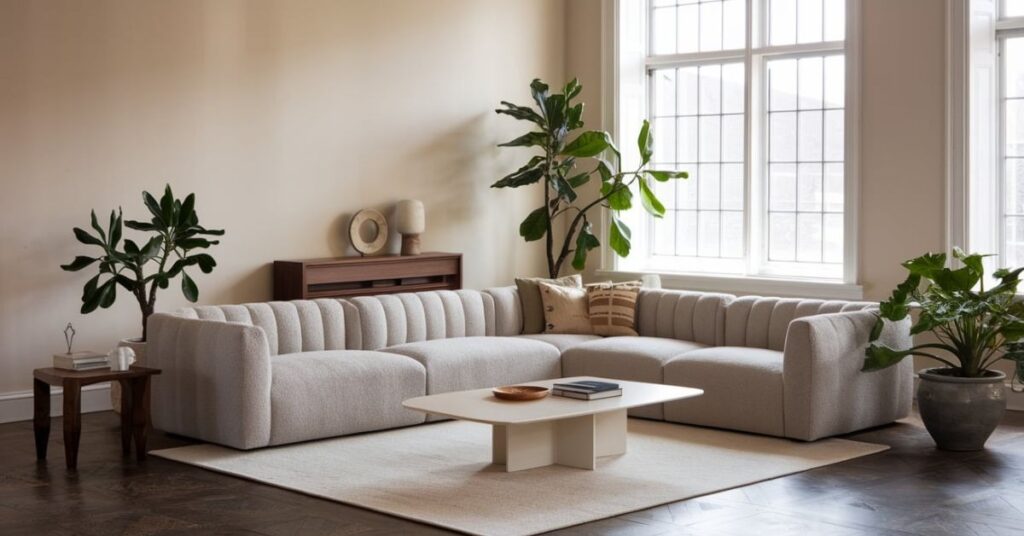
Japandi dining tables merge Japanese minimalism with Scandinavian warmth. They feature clean lines, natural materials, and neutral tones. This design creates a calm, functional dining environment that’s both elegant and practical.
Looking for a dining table that’s both functional and stylish, A Japandi dining table blends the simplicity of Japanese design with the warmth of Scandinavian minimalism. It is perfect for creating a calm, inviting space for meals.
A Japandi dining table is, therefore, a table that has features of the Japanese and Scandinavian design as well as the characteristics of the two. It usually has smooth contours, exposures to natural substances such as woods and low intensity and bland colors. Such a style of a dining space is clean and minimalistic, whilst at the same time very welcoming and homely.
With regards to construction, Japandi dining tables are environmentally friendly and materials used to create the tables are sustainable in many ways. The style is very neoclassical where, in contrast to art deco, which do not have any adventitious ornament. Such a design makes Japandi tables suitable for contemporary and conventional dining areas.
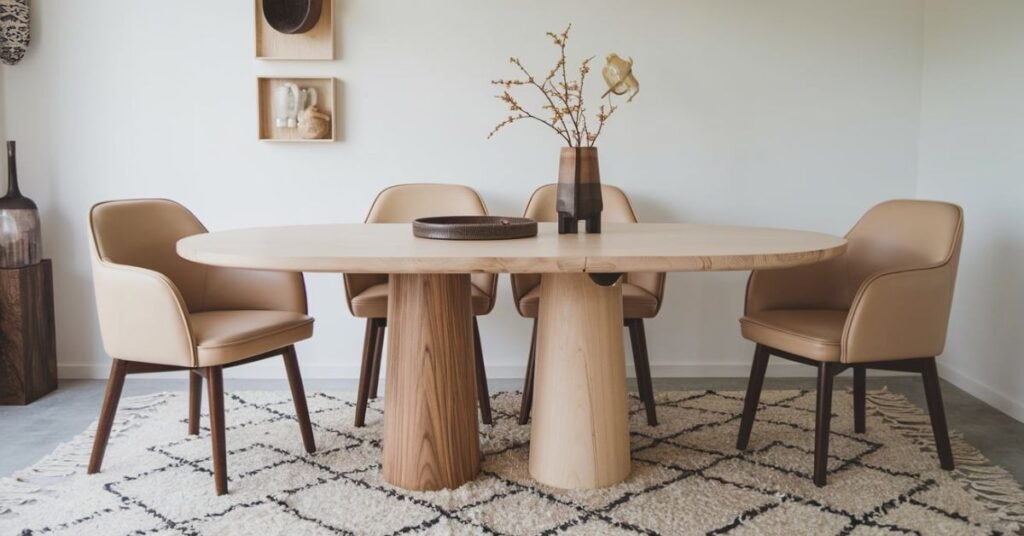
Japandi dining tables combine the elegance of Japanese minimalism with the functionality of Scandinavian design. This fusion brings together sleek, purposeful furniture with a calming, nature inspired aesthetic.
Many Japandi dining tables prioritize eco consciousness by using sustainable materials. Reclaimed wood, bamboo and non-toxic finishes are common, making these tables a responsible choice for environmentally aware homeowners.
Japandi tables often feature low-profile designs, staying close to the ground, inspired by traditional Japanese furniture. This grounded look adds a tranquil, balanced feel to any dining space.
With their focus on simplicity, Japandi tables often come in understated shapes like rectangular, oval or round forms. These shapes create a soft, natural flow that enhances the table’s visual appeal without overwhelming the room.
Japandi dining tables feature tactile finishes that highlight the natural grain of the wood. This detail adds texture and depth, making the furniture feel more connected to nature and adding a sensory element to the dining experience.
Japandi dining tables often use lighter woods and open spaces to maintain an airy, uncluttered look. This creates a sense of spaciousness, making them ideal for smaller or minimalist dining rooms.
Also Read This Blog: Japandi Living Room ideas in 2024

A Japandi dining table combines beauty and functionality, making it a smart choice for any home. Its minimalist design, inspired by both Japanese and Scandinavian aesthetics, creates a calm and clutter-free environment. This timeless style ensures your dining area remains elegant and inviting for years to come.
In addition to its aesthetic appeal, a Japandi dining table is built with sustainable materials, making it an eco-friendly option. The high quality craftsmanship ensures durability, while space saving features like extendable options make it perfect for both small and large spaces. It is a versatile long lasting investment for any dining room.
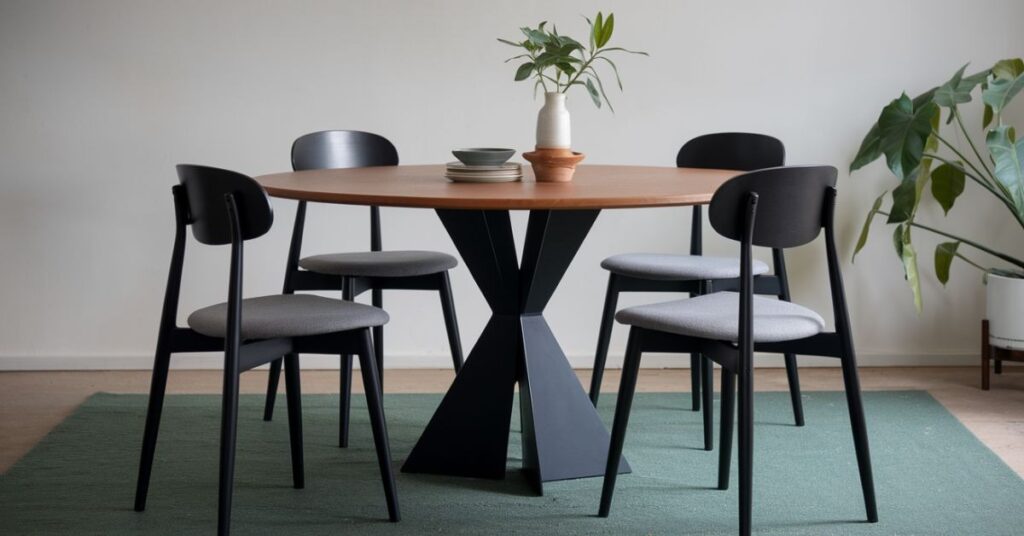
An example of a Japandi dining table is black which brings a chic and contemporary feel to the dining area. It has a glossy black, which extremely suits lighter colored furniture pieces and can bring a focal point and class in the center of any room.
Looking at the appearance of a black Japandi dining table, one will appreciate simplicity and sense the uniqueness of the design, but this type of table also presents great functionality. It complements a wide range of decor and colors and its stain resistant finish as well as its easy to clean surface will keep it as sustainable a stylish piece of furniture in the years to come.
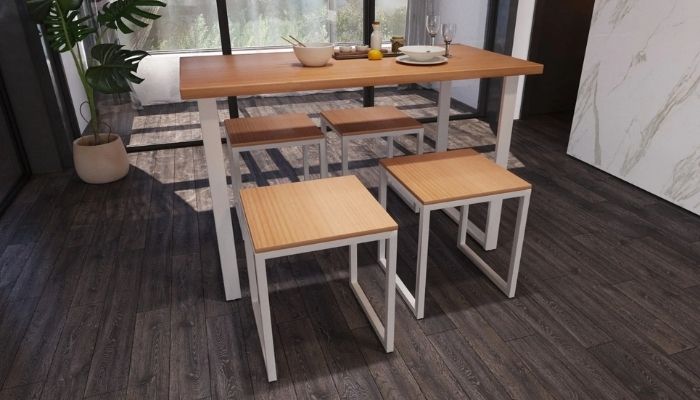
The standard Asian table height more specifically the traditional Japanese dining table ranges between 70 to 76cm in height. This height corresponds well with the low height of the chairs normally used in the traditional Japanese dining use and thus makes it easy for the customers to access the food.
Today, they might be slightly different to provide the Western style chairs and other interiors or they might be tall to suit the Japanese ones. But, they are usually not extremely high as to obstruct the eating posture and are designed in concordance of the Japanese minimalist functionalism.

To keep your Japandi dining table looking pristine, dust it regularly with a soft, lint free cloth. This simple step helps prevent dust from accumulating and settling into the grain of the wood, which can dull the finish over time. Avoid using rough or abrasive cloths that could scratch the surface.
Address spills and stains right away using a clean, damp cloth. Gently blot the area rather than rubbing, which can spread the liquid and potentially damage the finish. Prompt cleanup helps prevent liquids from seeping into the wood, which could lead to long term stains or warping.
Protect your table from heat and scratches by always using coasters under drinks and placemats under dishes. This prevents heat marks and scratches from affecting the wood’s surface. Investing in high quality, non abrasive protectors can help maintain the table’s finish and overall appearance.
When cleaning, use a barely damp cloth and avoid soaking the wood. Excessive moisture can cause wood to swell, warp, or crack. Ensure the table is thoroughly dried after cleaning to prevent any moisture-related damage.
Every few months, apply a wood polish or conditioner suitable for your table’s finish. This treatment nourishes the wood, enhances its natural grain and restores its shine. Follow the manufacturer’s recommendations to avoid over application, which can create a sticky residue.
Position your Japandi dining table away from direct sunlight and heat sources like radiators or fireplaces. Prolonged exposure to sunlight can cause fading and discoloration, while heat can damage the wood and finish. Use curtains or blinds to protect the table from UV damage.

An extendable Japandi dining table has usability, a possibility to add or decrease the size of dining table, as needed. This feature makes it suitable for hosting additional guests in the course of occasions or having a small car for regular use in the field.
The extra boom does not interfere with Japandi style and minimalism, which is optimal for those who are choosing a table for a home library or office: the mechanism is discreet and, at the same time functional. This versatility of the technology makes it most suitable for restaurants of all sizes because of the functionality and style of the lamps.
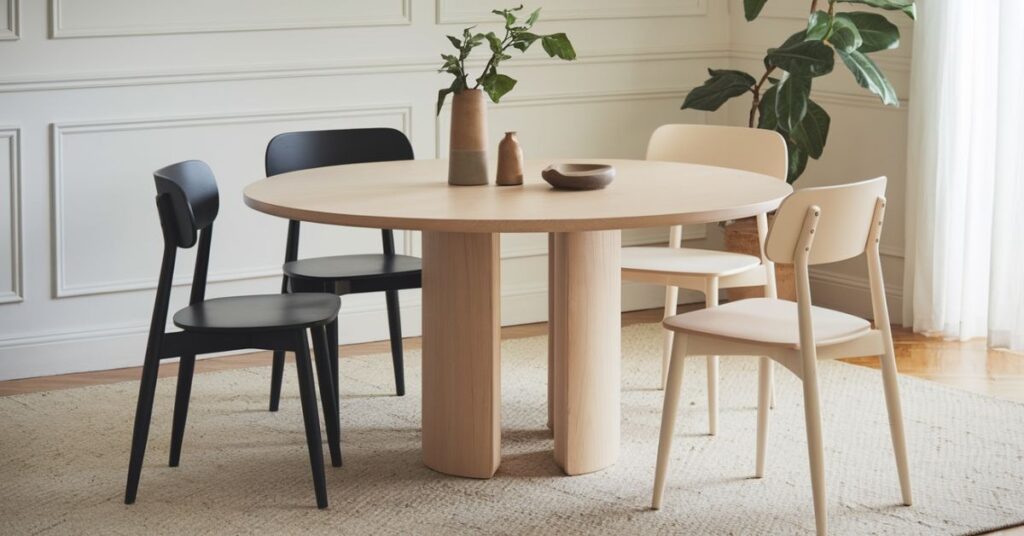
A round Japandi dining table can only complement the free flowing pattern of the dining area by doing away with corners and the feeling of enclosure. Their circular design is a feature which fosters closeness and togetherness hence making people talk in the middle circle more understandible to others as opposed to a rectangular table.
In the same regard, round Japandi dining tables are ideal for small interior spaces because they save a lot of legroom. Due to the fact that they possess capability of being arranged in many ways as well as the manner in which they facilitate traffic circulation, they are functional and suitable for any layout of the room.
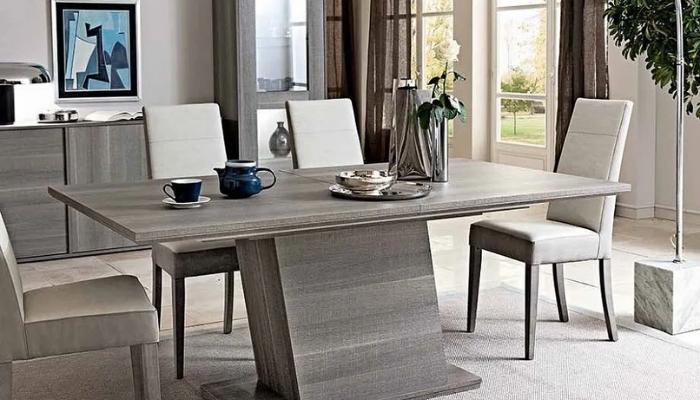
Japanese dining table design has another basic principle that makes them the simplest forms in as far as design is concerned. It is exactly this space that is being pursued in order to achieve a minimalist, unobstructed dining environment all in line with the principles of traditional Japanese home design.
Besides, the Japanese design focuses on the concepts such as natural materials and workmanship, where aesthetic and functionality are not mutually exclusive. These aspects are aimed at improving the general eating experience while at the same time promoting order and symmetry of structures in the dining hall.
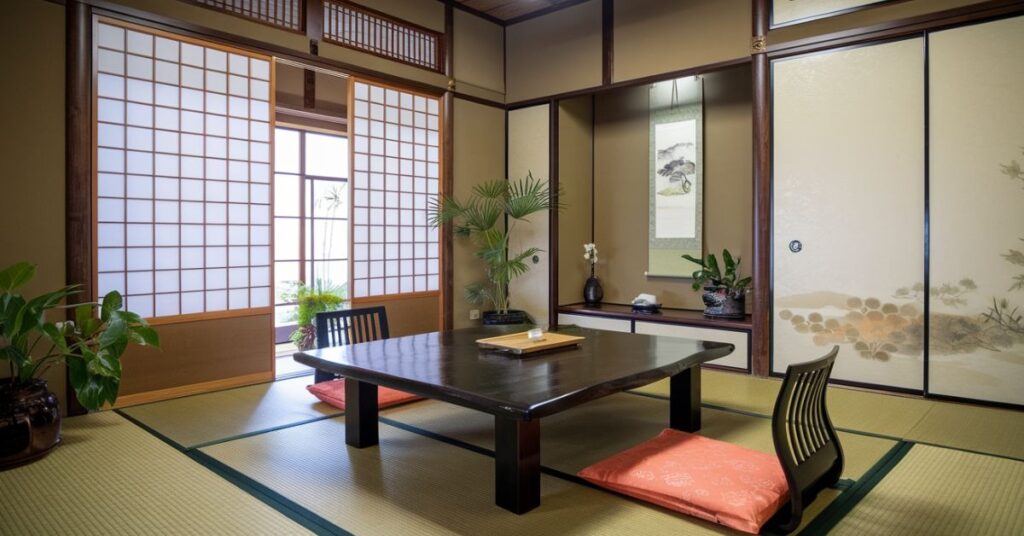
Interiors of a dining table in Japan are done in this fashion and aims at having a clean and simple space that is free from clutter. As to space, the focus is made on its minimalism, with most furniture objects being practical and the amount of ornamentation being limited to create relaxation atmosphere.
Another of the key practices is the insertion of natural materials like wooden and stone in the designing of the dining area to make it as natural as possible. These materials can be selected for the beauty as well as for symbolic association with nature which is an element that the Japanese people highly appreciate as an element of their culture.
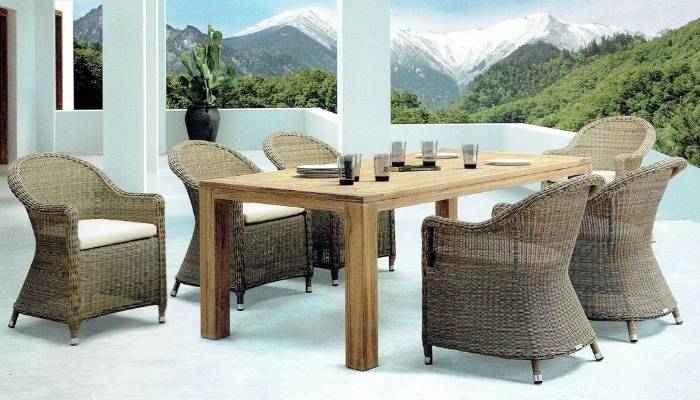
The conventional Japanese restaurant tables are low to enable them to conform to the system whereby people dine while sitting on cushions known as tatami. This is in accordance with the tradition of the culture they was adopted from whereby they prefer floor seating as they observe it is comfortable as against the chair seating.
Also, the height of these tables is low making people appreciate the contact with the ground as per Japanese culture that supports closeness to nature and simplicity in life. It also fosters a positive atmosphere by making the dining for people to be more communal.
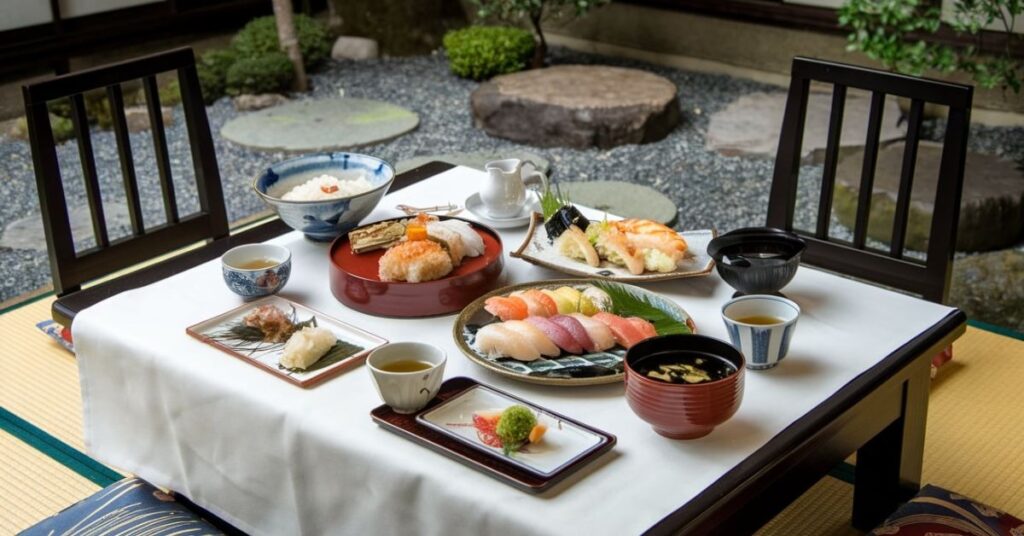
In Japan the basic elements of puter settings are minimalist and fancy tableware consisting of neatly placed small bowls or plates. Every setting contains chopsticks, rice bowl and the soup bowl simply because there is no bling on simplicity and pragmatic.
Moreover, the place where people sit to eat food and consume beverages have an additional feature of having the seasons and how they look for instance, flowers or cloth that could be on the table. The design lays an emphasis on the aesthetics, in that every piece is not only functional, but also brings an aesthetic value in a setting such as dining.
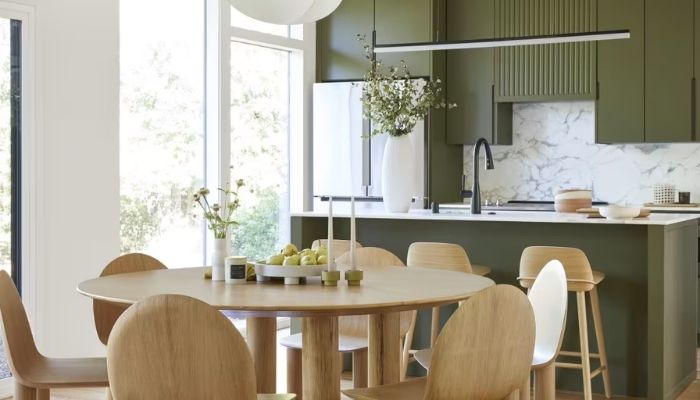
To minimise on the scratching or any kind of stain on the Japandi dining table it is advisable to put table clothes or placemats over the table. For these reasons, high quality fabric that should not be abrasive to the surface as well as matching the appearance of the table should be used for this purpose.
In the same manner, it is imperative that the table should be washed with a soft damp sponge and polish without using chemical solutions that may stain the tabletop surface. Proper care enables the table to retains its natural beauty and also increases the durability hence a beautiful table is created for many years to come.
Also Read This Blog: Japandi Bedroom design ideas in 2024
A Japandi dining table combines Japanese minimalism with Scandinavian functionality, featuring clean lines and natural materials. It is designed to create a serene and stylish dining environment while remaining highly practical.
Japandi dining tables often use high quality, natural materials like wood, bamboo and metal. These materials are chosen for their durability and aesthetic appeal, enhancing both the table’s beauty and functionality.
To care for a Japandi dining table, regularly clean it with a soft, damp cloth and avoid harsh chemicals. Using placemats or tablecloths can protect the surface from scratches and spills, preserving its elegant finish.
Yes, many Japandi dining tables are designed with space saving features like extendable surfaces or compact sizes. This makes them a practical choice for smaller dining areas while maintaining a sleek, minimalist look.
Absolutely! The versatile design of Japandi dining tables complements various décor styles, from modern to traditional. Their neutral tones and simple forms make them easy to integrate into different interior designs.
A Japandi dining table merges Japanese and Scandinavian design principles, creating a piece that’s both stylish and functional. Its clean lines, natural materials and minimalist aesthetic make it a versatile choice for various home interiors, offering a timeless and elegant look.
Crafted with high quality materials and attention to detail, a Japandi dining table is built to last while adding a touch of sophistication to your dining space. Its adaptability and eco-friendly design make it a practical investment that enhances both the visual appeal and functionality of your home.